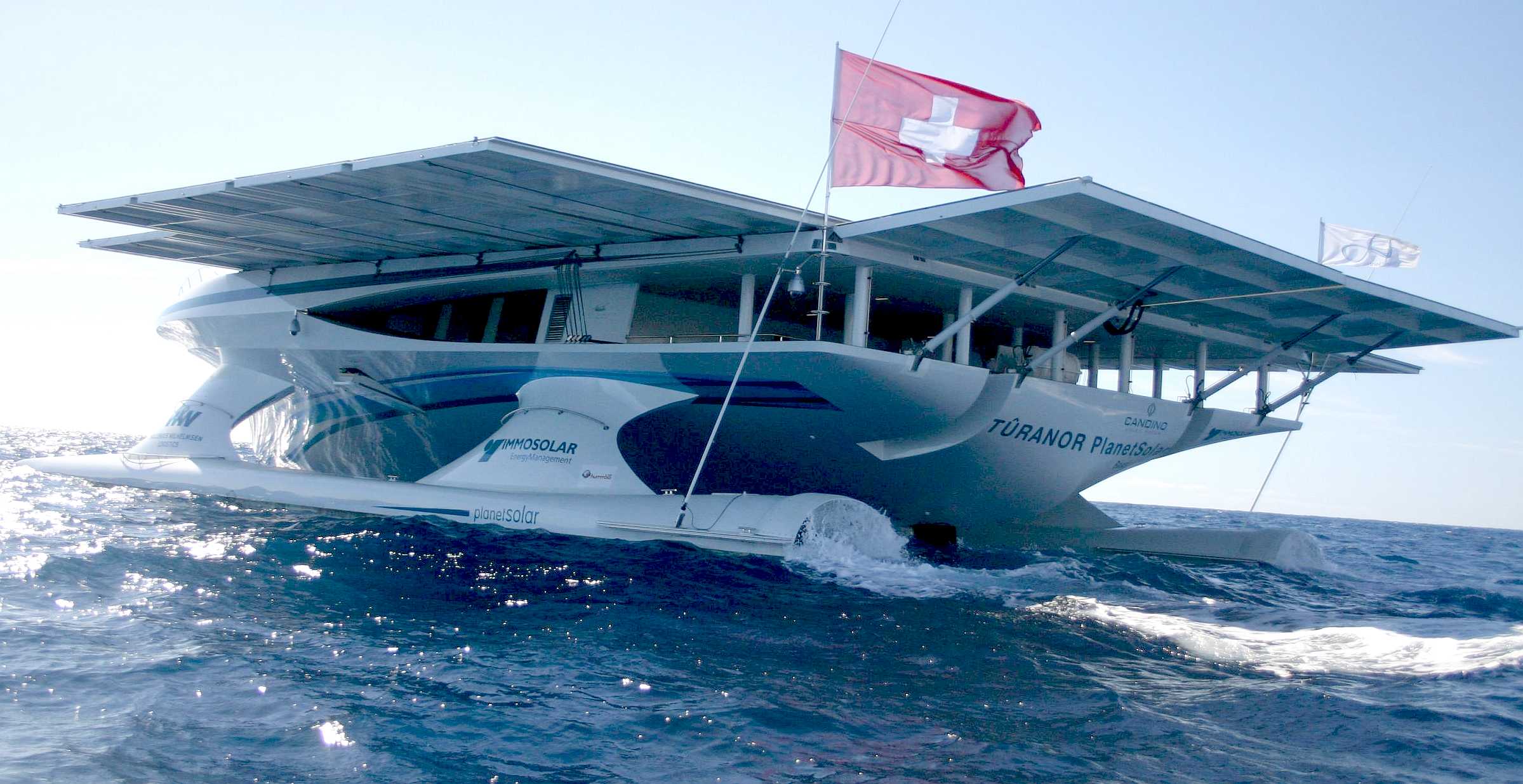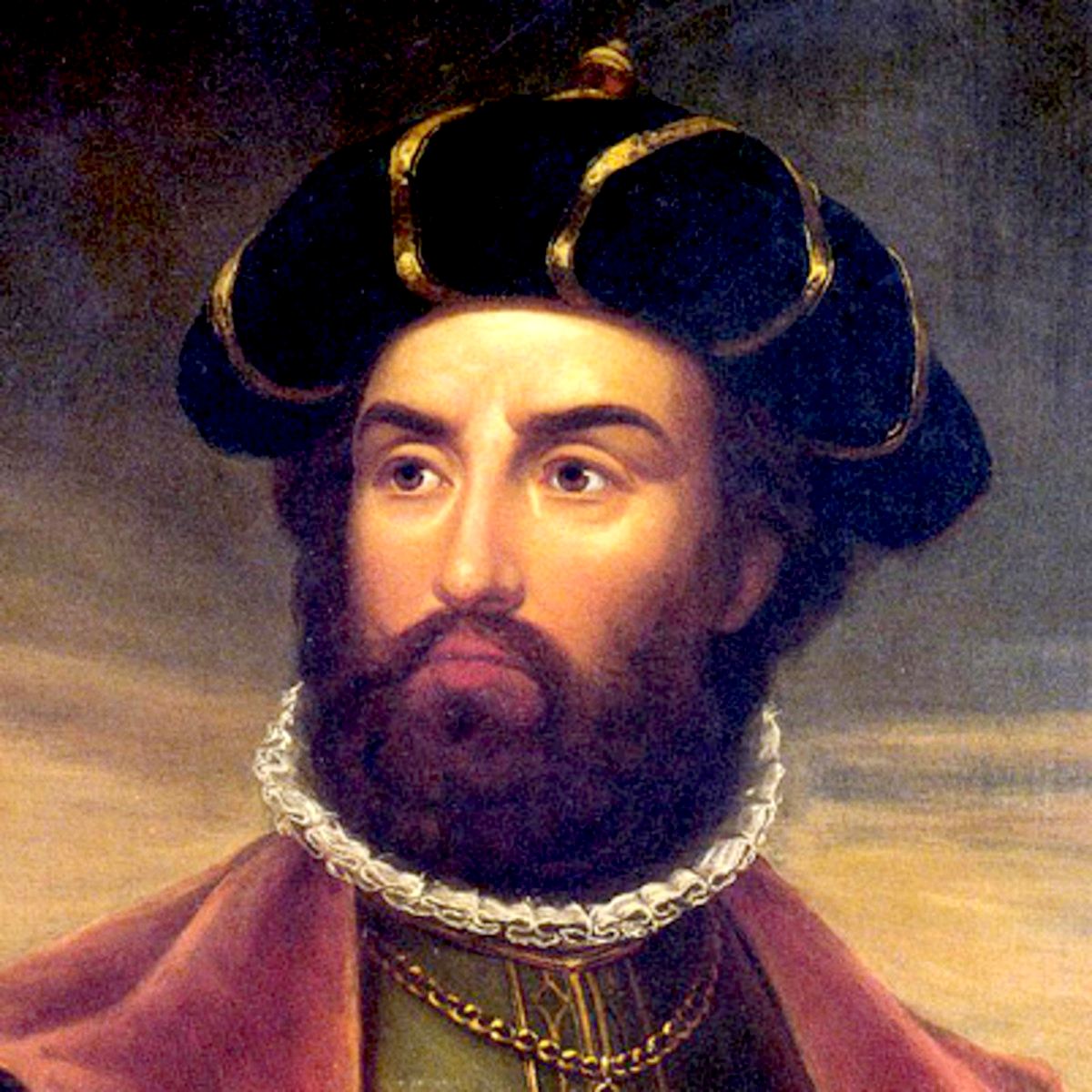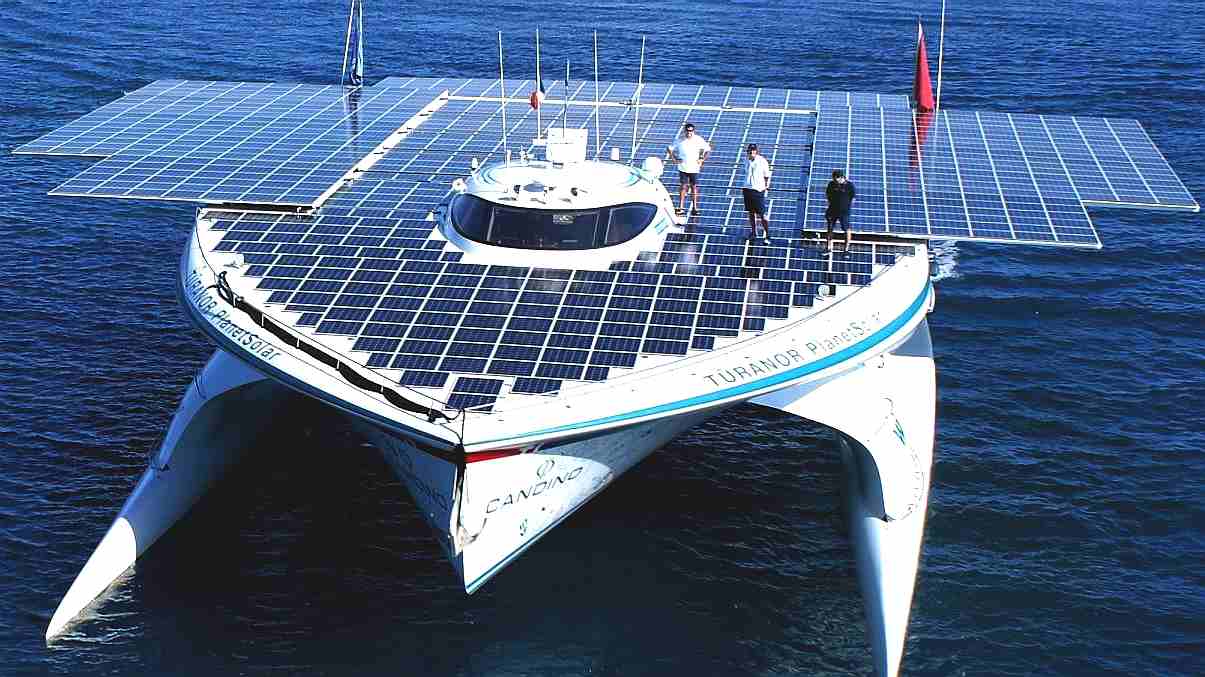|
VASCO DO GAMA
Please use our A-Z INDEX to navigate this site or return HOME
|
|
PlanetSolar heading out into uncharted technical waters. The theory was in place, but nobody knew if this solar powered boat could make it. But they did! The solar panel area on this ship was increased with solar panels on rollers, pulled out by the crew using winches. The Elizabeth Swann uses robotics and hydraulics to move solar wings that automatically track the sun, and fold away in storm conditions. This ship does not have sails or a wind turbine to take advantage of the trade winds.
Vasco da Gama, 1st Count of Vidigueira
C. 1460s – 24 December 1524, was a Portuguese explorer and the first European to reach India by sea.
In March 2016 thousands of artifacts and nautical remains were recovered from the wreck of the ship Esmeralda, one of da Gama's armada, found off the coast of Oman.
Between 1451 and 1506 Christopher Columbus tried to investigate water movement in the sea. During his exploration mission, he used vessels to sail across various areas, namely the Canary Islands to the Bahamas covering 5400 miles, a voyage of around 36 days.
During this period, also known as the Age of Sail, other explorers like Vasco Da Gama were unknowingly assisted by these winds to discover new lands and even a route to India. He sailed between July 1497 and May 1498 and was instrumental in humans conquering the sea. The Portuguese and Spanish traders soon realised that the prevailing north easterlies of the mid latitudes could blow a ship across the Atlantic Ocean, and even better, the south easterlies on the other side could blow them back again. It was no luck, it was a natural phenomena.
Other explorers added weight to this research, among them a Norwegian called Thor Heyerdahl, in 1947 with his Kontiki and later Ra expeditions, discovering that trade winds are capable of blowing a balsa raft from South America to the Tuamoto Islands, and a reeds floater from Egypt to America.
|
|
|
Please use our A-Z INDEX to navigate this site
This website is Copyright © 2020 Jameson Hunter Ltd
|


